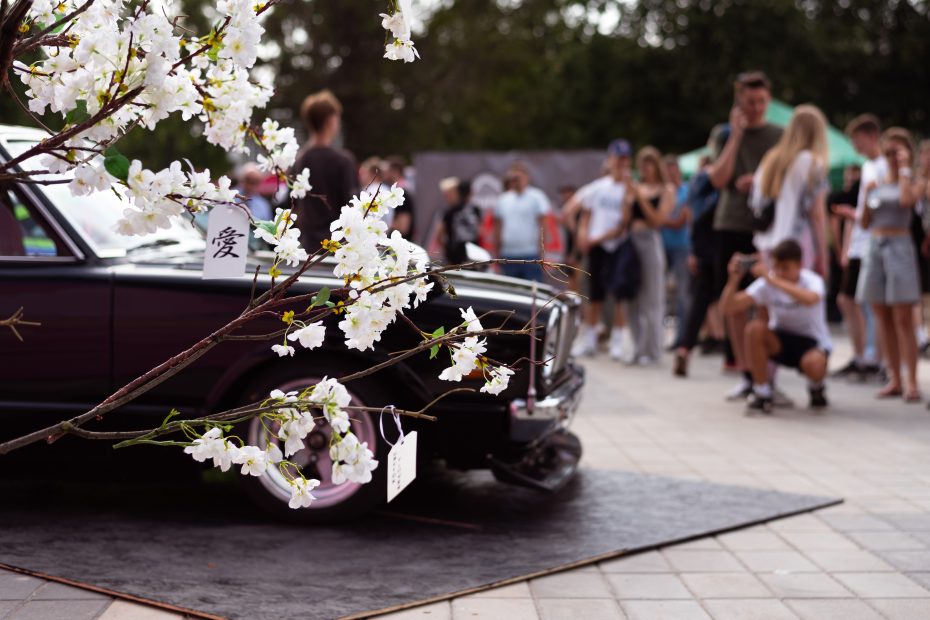Table of Contents
Introduction
Nestled between Poland, Ukraine, Russia and the Baltic countries, Belarus often slips under the radar as a travel destination. However, behind its understated exterior lies a country brimming with historic cities, ancient castles, pristine natural landscapes and modern cosmopolitan flair waiting to be discovered. Despite its complex history and isolated geopolitical status, Belarus offers intrepid travelers a unique and authentic experience beyond the typical European hotspots. Read on to unveil some of the many hidden gems scattered across this fascinating country.
Minsk: Dynamic Capital City
As the modern capital of Belarus, Minsk boasts an eclectic mix of imposing Soviet architecture and more recent developments. Wander along Independence Avenue to take in the grandiose government buildings and monuments from the communist era. The changing of the guard ceremony at the Victory Monument is a memorable spectacle. The Belarusian National Library and National Opera House display eye-catching contemporary architecture. By night, Minsk comes alive with theaters, lively bars, restaurants and nightclubs catering to all tastes. Trendy cafes line the historical Trinity Suburb area while the Oktyabrskaya Street Art Museum adds modern urban flair.
Brest: Gateway to the West
Strategically located on the border with Poland, the city of Brest juxtaposes Soviet history and Western influences. The iconic Brest Fortress memorializes the first Nazi attack of Operation Barbarossa in World War II. Take a guided tour of the restored fortifications and museum detailing the Red Army’s brave defense. The stone ruins of the 13th century Brest Castle and St. Nicholas Garrison Church evoke an older past. Wander through the charming 17th century Trinity Suburb neighborhood with its Orthodox church and synagogue. Don’t miss the buzzing pedestrian zone in the city center lined with cafes and shops. Nearby, the Belovezhskaya Pushcha National Park protects the last primeval forest in Europe, home to endangered European bison.
Grodno: Medieval Charm in Western Belarus
Often overlooked, the historic city of Grodno offers an authentic glimpse into the past. The meticulously restored old town section features medieval and baroque architecture dating back centuries. Walking the quaint cobblestone streets takes you past the grand Kalozha Church, town hall, and historic Pharmacy Museum. Grodno Castle once housed the famous astronomer Nicolaus Copernicus. The “New Castle” dates from the 18th century. Beyond the old town lies the imposing Soviet-era architecture emblematic of modern Grodno. The city’s excellent museums cover topics ranging from Belarusian folk art to aviation.
Polotsk: Belarus’ Ancient Heart
Founded over 1,000 years ago, Polotsk is one of Belarus’ oldest cities and cultural jewels. As an early center of Orthodoxy, it boasts a collection of centuries-old churches, including the baroque Sophia Cathedral and medieval Convent of Saints Boris and Gleb. Historians will appreciate the ruins of Polotsk Castle, once home to the famous Book of Polotsk. The charming riverside setting on the Dvina combines green space and scenic vistas. The arts scene flourishes through the Polotsk State University. From traditional Belarusian cuisine to museums and historical exhibits, Polotsk offers an enlightening trip into Belarus’ past.
Belovezhskaya Pushcha: Europe’s Primeval Forest
Those seeking unspoiled nature need look no further than Belovezhskaya Pushcha National Park, a UNESCO World Heritage Site. One of Europe’s last remaining primeval forests, it protects a diverse ecosystem of woodland creatures and rare plants. This mythical forest is most famous as the home of the European bison, Europe’s largest land mammal. Guided tours allow you to spot these beasts in their natural habitat. Many hike or bike the park’s numerous trails through stunning landscapes. The traditional villages within the park provide a glimpse into historic rural Belarus. Spend a night or two at one of the forest’s cozy guest houses for the full experience.
Nesvizh: Aristocratic Elegance in Small-Town Belarus
A quick day trip from Minsk brings you to the beautiful town of Nesvizh. It revolves around the stately Nesvizh Castle, considered one of Eastern Europe’s most impressive palace complexes. This 16th century aristocratic residence retains its fortified medieval walls, opulent baroque courtyards and grand halls. The adjacent meticulously groomed Radziwill Gardens complement the splendid castle. Beyond the castle, Nesvizh’s quiet cobblestone streets weave past churches, monasteries and historic houses. The town perfectly encapsulates the enduring cultural legacy of the Radziwill princes. Visit local eateries to sample hearty Belarusian cuisine.
Conclusion
Far from a homogeneous land, Belarus rewards visitors with a diversity of historic castles, ancient churches, pristine forests, dynamic cities and sleepy towns begging for exploration. Whether your interests lean towards nightlife, nature, architecture or history, Belarus’ hidden gems offer an authentic travel experience beyond expectations. Locals gladly share the natural wonders, rich folk culture and long tradition that their often misunderstood country holds. Those willing to venture off the beaten path will be astonished by the wealth of delights packed within this small Eastern European nation.
FAQs about Traveling to Belarus:
What is the best time of year to visit Belarus?
Late spring through early autumn (May-October) brings pleasant weather for exploring Belarus’ outdoor attractions. Summer showcases long daylight hours. Early fall features beautiful autumn foliage.
What languages are spoken in Belarus?
Belarusian and Russian are the official languages. Belarusian dominates in rural areas while Russian is more common in cities. English is spoken mainly in tourist centers. Learning the Cyrillic alphabet helps decipher signs.
What are the top things to do in Minsk?
Top attractions include Independence Avenue, Victory Monument, National Library, museums, theaters, bars and restaurants.
Is Belarus safe for tourists?
Belarus is generally safe with low violent crime rates. Normal precautions regarding valuables apply. Some areas near Chernobyl require radiation checks.
What is Belarusian cuisine like?
Hearty soups, potato dishes, pancakes, sausage and draniki (potato pancakes) are national favorites. Blini, varenyky dumplings and rye bread are also staples.
